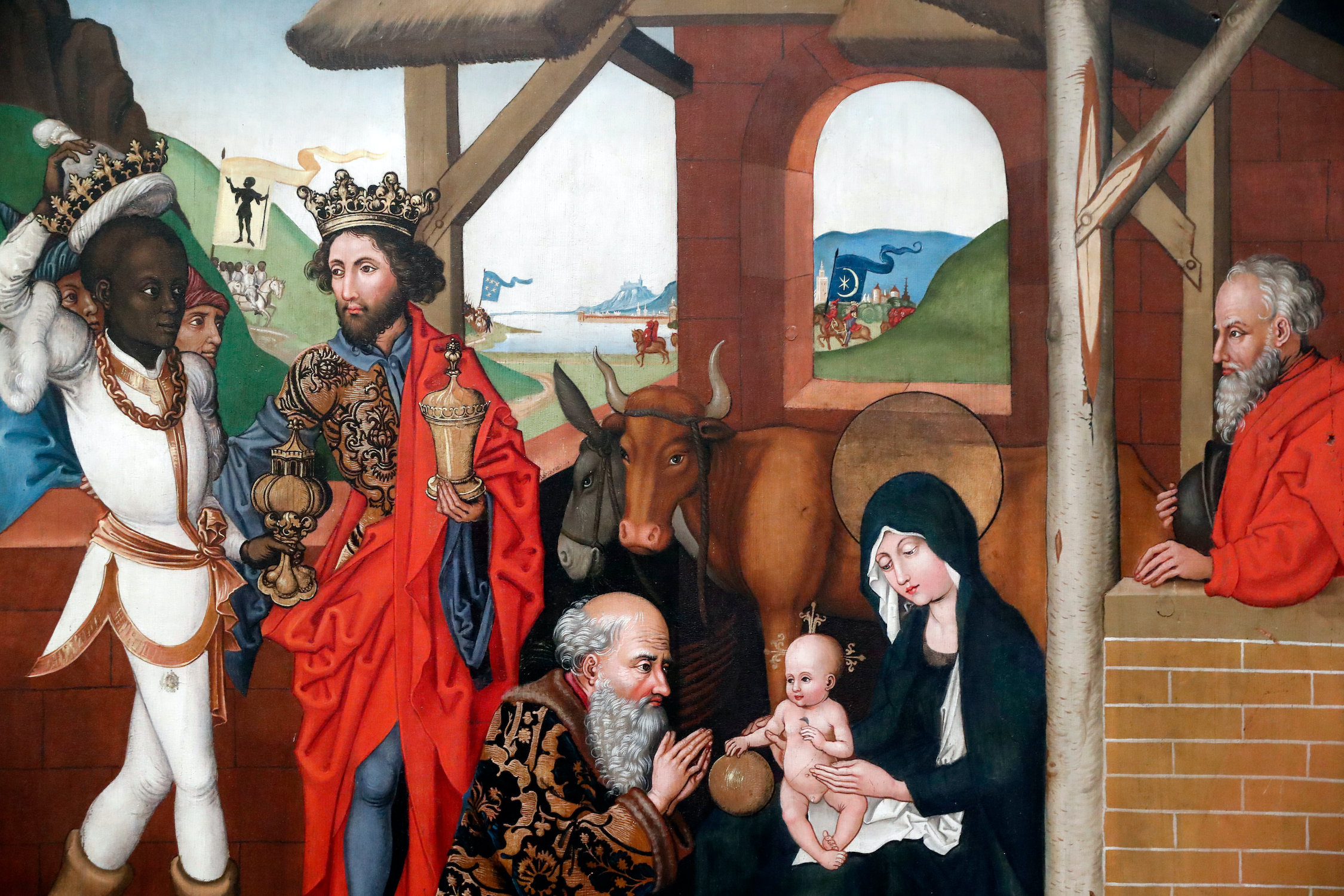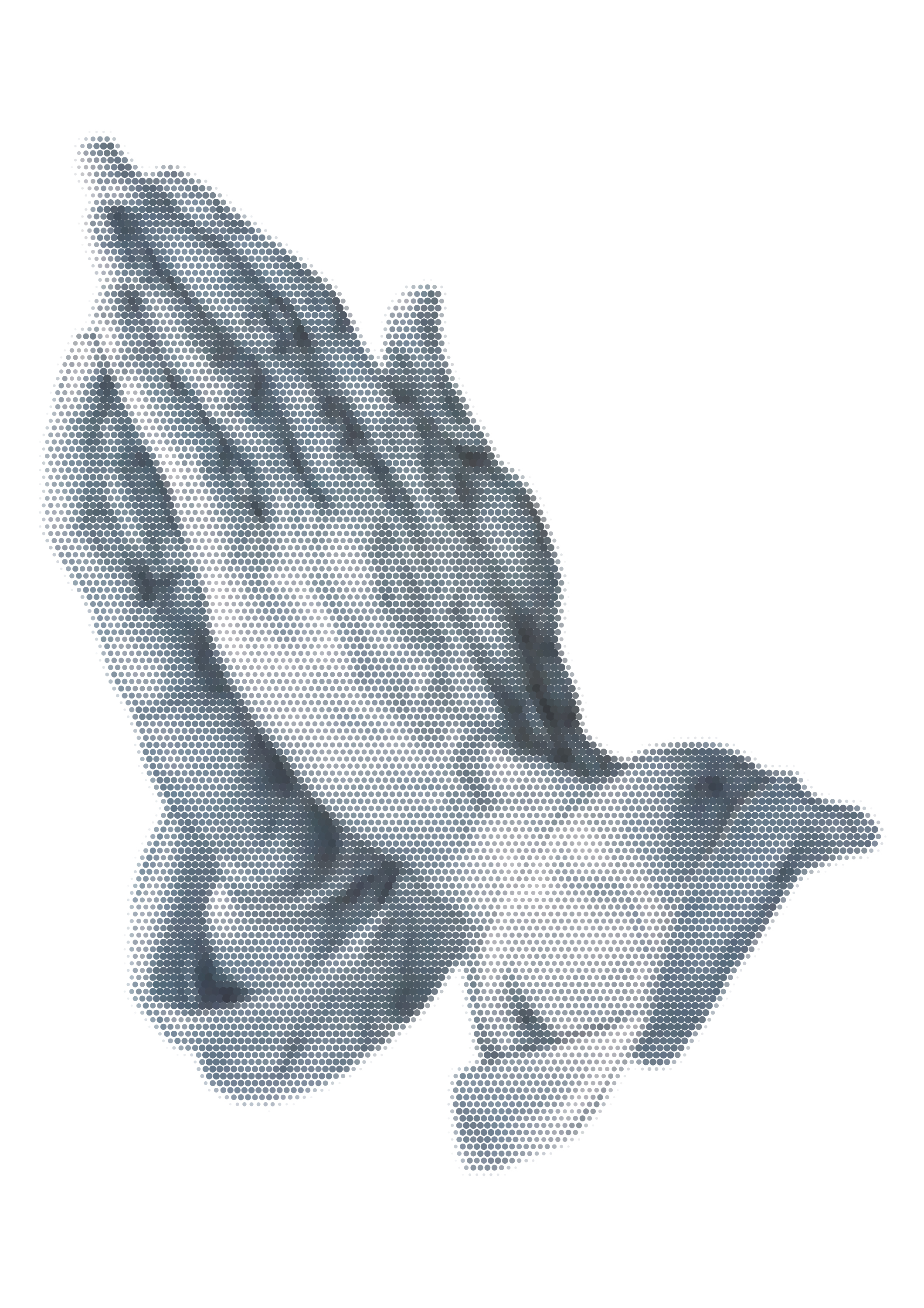Albrecht Dürer came from a town which had a unique sense of its own position in relationship to the rest of the world, the town of Nuremberg. It was the centre of the Holy Roman Empire, which thought of itself as the centre of the world. It was also the home for all the imperial treasures and regalia which were annually displayed. The entrepreneurs in the city, not just artists but also tradesmen and technicians, were beginning to imagine that the products, expressions and communications that they were doing in Nuremberg had a kind of global reach.
Dürer came from a family of goldsmiths; his father had journeyed from the furthest reaches of Hungary and through the Netherlands to Nuremberg. Dürer had that sense of travel and expansiveness. His family and his immediate environment gave him a sense of how to communicate widely. After convincing his father to let him become a painter rather than a goldsmith, he was apprenticed to an artist illustrating a world book, Chronicle of the World; a huge printed undertaking which contained the whole of human history from the creation of the world all the way to The Last Judgment. Between its covers, it had portraits of all the known cities of the world. It was in this town that Dürer got his training.


